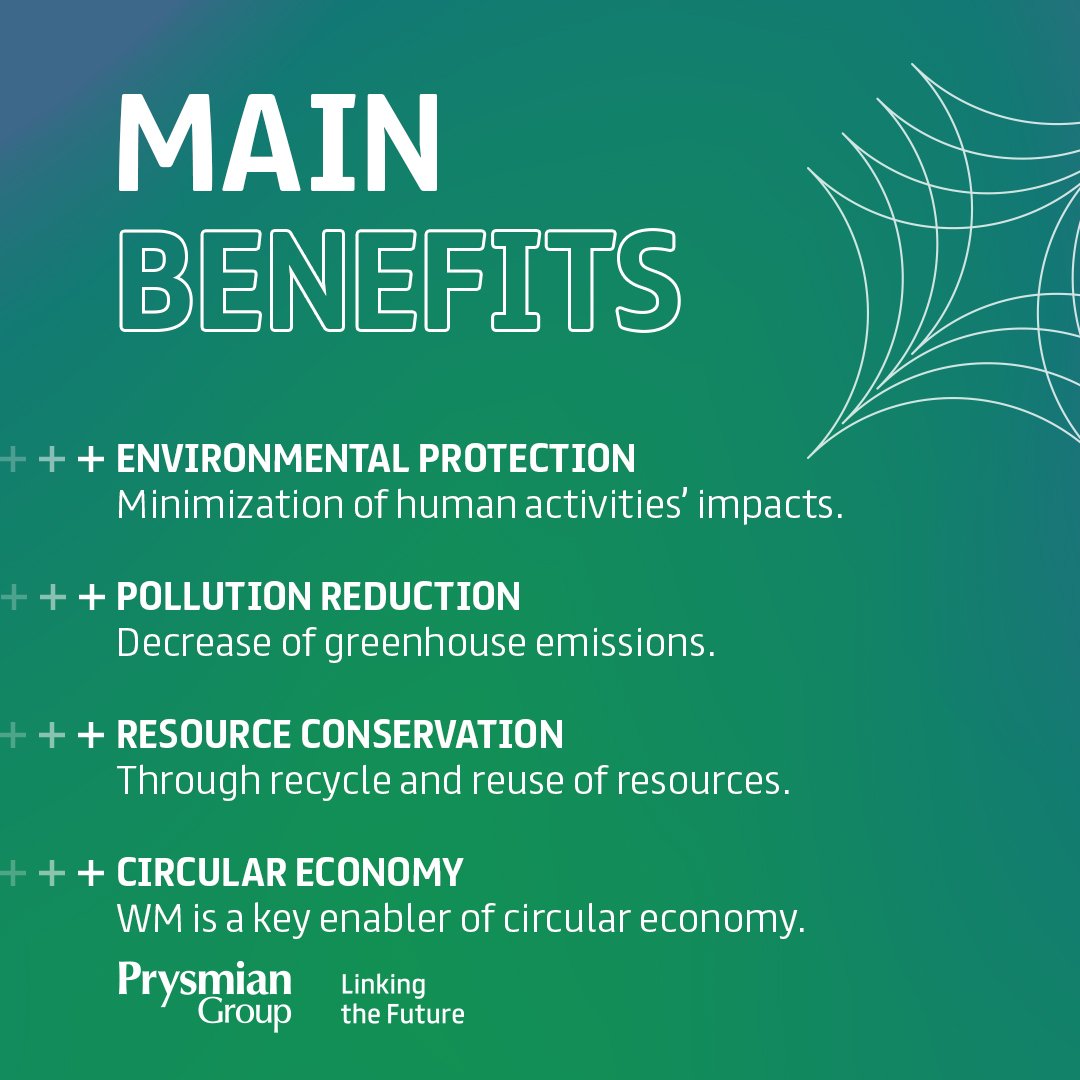The 30-Second Trick For Reclaim Waste
Wiki Article
More About Reclaim Waste
Table of ContentsRumored Buzz on Reclaim WasteThe Only Guide for Reclaim WasteNot known Incorrect Statements About Reclaim Waste The 9-Minute Rule for Reclaim WasteReclaim Waste Can Be Fun For Everyone
Residential sewage waste refers to the waste and items from a residential septic container. The proper monitoring and disposal of domestic sewer waste call for liquid waste to be moved to a sewer treatment plant where the correct methods and devices are used to purify and dispose of waste.
Industrial waste often includes possible hazards, such as combustible materials or a combination of liquid and solid waste items, and calls for an advanced and detailed disposal process. The disposal of industrial waste typically includes the filtering of waste prior to transport to guarantee risk-free and appropriate disposal. Hazardous waste is produced from results and runoff of commercial procedures and production.
This sort of waste can not utilize the exact same sewage management transport or processes as septic or business fluids. The hazardous waste management process needs the examination and screening of fluid waste prior to it undertakes the disposal process (liquid waste removal melbourne). Overflow waste is the liquid waste that comes from overflow and excess stormwater in extremely inhabited areas or cities
Drainage waste can trigger contamination and flooding if not managed correctly. Guaranteeing proper waste management can protect against catastrophes and decrease ecological damage.
Reclaim Waste - Questions
Contact PROS Solutions today to find out about our waste administration and disposal services and the proper methods to care for the fluid waste you produce.(https://anotepad.com/note/read/pkncyr85)Do you recognize what occurs to your water when you end, purge the bathroom or drain pipes the cleaning machine? No? Well, it deserves understanding. This supposed 'wastewater' is not only a vital source however, after treatment, will certainly be released to our land, rivers or the ocean. Utilized water from toilets, showers, bathrooms, kitchen sinks, washings and industrial procedures is called wastewater.

water made use of to cool equipment or tidy plant and tools). Stormwater, a type of read this post here wastewater, is drainage that streams from farming and urban locations such as roofing systems, parks, yards, roads, paths and seamless gutters into stormwater drains pipes, after rain. Stormwater streams untreated straight to local creeks or rivers, at some point reaching the sea.
The 7-Second Trick For Reclaim Waste
In Queensland, a lot of wastewater is treated at sewage treatment plants. Wastewater is transferred from domestic or industrial sites via a system of sewage systems and pump terminals, recognized as sewage reticulation, to a sewage treatment plant.The Department of Natural Resources advises neighborhood federal governments concerning handling, operating and preserving sewerage systems and therapy plants. In unsewered locations, regional governments may call for owners to set up individual or household sewer therapy systems to treat residential wastewater from commodes, cooking areas, washrooms and laundries. The Department of Natural Resources authorizes making use of home systems when they are shown to be reliable.
In some new communities, therapy of some stormwater to eliminate litter, sand and crushed rock has begun making use of gross toxin traps. Wastewater therapy occurs in four phases: Eliminates solid matter.
Wastewater after that moves right into large containers where solids settle and are eliminated as sludge. Grease and residue are skimmed from the surface area. Uses little living microorganisms called micro-organisms to break down and eliminate remaining liquified wastes and great particles. Micro-organisms and wastes are included in the sludge. Removes nitrogen and phosphorus nutrients that can cause algal blossoms in our rivers and intimidate marine life.
Reclaim Waste Can Be Fun For Anyone
Nutrient removal is not offered at all sewer treatment plants since it needs expensive specialised equipment. Clear liquid effluent produced after treatment might still include disease-causing micro-organisms - industrial wastewater treatment.
Most wastewater streams into the sewage system. Under the Act, neighborhood governments administer approvals and licences for ecologically pertinent tasks (Periods) entailing wastewater launches that might have a regional influence.
Some Known Facts About Reclaim Waste.
Or else, samples are considered lab evaluation. Commonly several tests are required to establish the degrees of each of the different pollutants such as oils, heavy steels and pesticides in water. Monitoring offers factual information concerning water high quality and can confirm that permit conditions are being satisfied. The details obtained through tracking supplies the basis for making water top quality choices.Report this wiki page